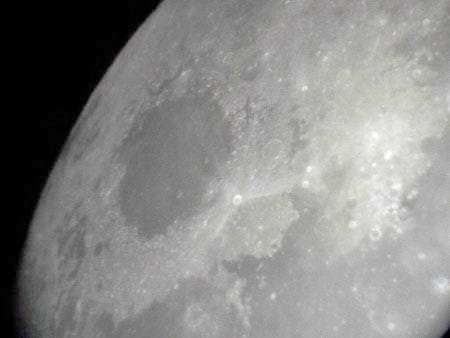Half A Century of The German Moon Base (1942–1992) part 5
Man officially set foot on the Moon for the first time in July 1969. Or if you believe we never went to the moon: it is promoted that we officially set foot on the Moon for the first time in July 1969
The alternative conquest of the Moon
by Philip Coppens
This article originally appeared in
Frontier Magazine 1.3 (1995) and was slightly adapted
from PhilipCoppens Website
Man officially set foot on the Moon for the first time in July 1969. Or if you believe we never went to the moon: it is promoted that we officially set foot on the Moon for the first time in July 1969. But there have been stories that extraterrestrial beings had already been to the Moon, or had a basis there… and even that we ourselves went to the Moon long before Neil Armstrong.
Our earth’s satellite, which once every moon turns around our Earth, has driven Mankind for centuries to lunacy.
Seeing “the man in the moon” is but one in a long series of stories that echoes our fascination with the white disc that lights up our nightly skies.
The introduction of modern equipment that allowed Mankind to look towards the Moon with telescopes, meant that one Englishmen, Sir John Herschel, directed his scope to the moon at the start of the 19th century. Through his lens, he claimed to see strange objects on the surface of the moon. During an eclipse, he stated that he had observed lights, lights that seemed to move. As early as 1788, the astronomer Schroeter had observed small “swollen parts” on the Moon. He argued that these were the result of industrial activity of the “Selenites”, the inhabitants of the moon.
Other astronomers from the era reported light structures, which looked remarkable similar to those observed on cities on Earth. In 1869, the Royal Astronomical Society of Great Britain started a three year long investigation, after numerous sightings of anomalous lights in the Mare Crisium part of the Moon.
Though one century before Apollo 11’s mission to the Moon, it was nevertheless not the first time that Mare Crisium had been the focus of attention. It would not be the last time either. On July 29, 1953, John J. O’Neill, editor in chief of the scientific columns of the New York Herald Tribune, dedicated his free time by observing our satellite through his telescope. He observed what he felt was a bridge that spanned the crater in the Mare Crisium. He estimated that the bridge measured approx. 15 miles long.
O’Neill spoke about his discovery in a rather careful tone, suggesting that this was a “natural bridge” which “somehow” had formed itself, this in the course of just one night. He reported his find to the Association of Lunar and Planetary Observers, but his report was mocked and attacked.
One month later, the legendary British astronomer Dr. H.P.Wilkins confirmed the findings of O’Neill. Patrick Moore, another of the leading figures of English astronomy, confirmed the observation.
In the 1970s, NASA wanted to investigate what they had labeled “Lunar Transient Phenomena” (LTP): suddenly visible objects on the surface of the moon (above image).
The project was not a success as the project members did not adhere to the project scope. Nevertheless, NASA offered an explanation to these phenomena; it involved gases that escaped from lava, which occurred at sunrise, resulting in ultraviolet light, as well as other particles that create the luminous effect. And if this was not the correct or only explanation, then it could also be due to volcanic activity.
LTP or ULOs, Unidentified Light Objects, were nevertheless not a new phenomenon — astronomers knew about it. But what was it? Was NASA correct in its explanations that it involved purely natural phenomena? Or was it indeed evidence of the presence of an intelligence?
The British UFO researcher Timothy Good reports the story of “a certain professor”, whose name is not given, working for the British military intelligence agency, speaking to Neil Armstrong.
The conversation occurred during a NASA conference, when the professor prodded Armstrong for details as to what exactly happened during the Apollo 11 mission.
“It was incredible”, reported Armstrong.
“Naturally, we always knew that the possibility existed… but it is so; we were warned. Ever since, the possibility of a space station or building a city on the Moon, has disappeared.”
The professor asked what Armstrong meant when he stated they had been “warned”.
“I cannot give details, except to say that their ships are superior to ours, both in science and technology… boy, they were big… and menacing… no, there is just no way we can build a space station.”
The professor prodded that NASA had nevertheless sent further missions to the Moon, following Armstrong’s visit.
“Of course, NASA could not do otherwise, they could not risk that a panic would break out on Earth.”
Later, Armstrong would deny that this conversation ever occurred.
Almost twenty years before Armstrong’s trip, America had been confronted with George Adamski, the archetypal UFO contacteé, who claimed to have met alien beings… and have even been given rides in their spaceship.
Keep reading with a 7-day free trial
Subscribe to Mysteries of the World to keep reading this post and get 7 days of free access to the full post archives.







